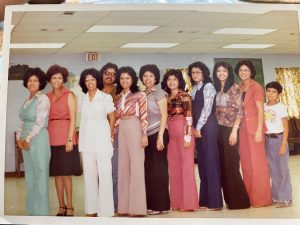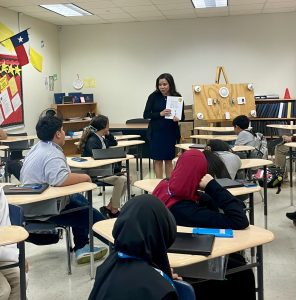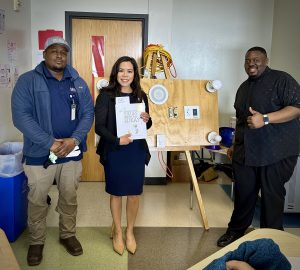In the Molina family there is an inside joke about Dallas ISD: “It’s a family business.” According to Mario Molina, who recently retired, nine out of the 11 siblings have worked for the district. To the family members, who also attended schools in the district, Dallas ISD has definitely been home over the years.
 Molina retired this past December after having worked 37 years in the district’s Evaluation and Assessment Department, where he was assigned to the warehouse service center—shipping and receiving state and local tests, among other duties.
Molina retired this past December after having worked 37 years in the district’s Evaluation and Assessment Department, where he was assigned to the warehouse service center—shipping and receiving state and local tests, among other duties.
Molina says he is a proud product of Dallas ISD, as he and all of his siblings attended Dallas ISD schools, from elementary to high school. All but three graduated from Sunset High School. His three older siblings graduated from Crozier Tech High School, which has since closed and is a historical landmark.
Besides his siblings, Molina’s spouse, Anita Espinosa, has worked for the district for approximately five years, and is the office manager at the School for the Talented and Gifted at the Yvonne A. Ewell Townview Center. Molina even has nieces and nephews who work for the district as teachers or work in the school office. Espinosa, who grew up in Plano, knew that it was only a matter of time before she, too, would end up working for the district. And she was right.
So how did this family tradition start? Molina says one of the older sisters was the first to take a job with the district, and soon other siblings followed. He said one of the things that has attracted him and family members to the district was the opportunity to work and grow in the numerous departments.
“There’s something for everybody here in the district,” Molina said.
Since several family members have the same holidays and vacation dates—one of the perks of working for the district—they get together for breakfast or make it a point to see each other, Molina said. While he’s enjoying his retirement, Molina said he enjoyed working with his district team and saw them more like family.
“They become your family because you never know when they might need your help or you may need their help, without expecting anything in return—that’s what family does, related or not,” he said. 
For Molina, it’s family—both biological and work family—that motivated him to get up to go to work every morning for the district for almost four decades. But said it was the students who motivated him the most.
“Just knowing that the students were getting the supplies they needed and how I was helping counselors, teachers, and schools, was gratifying,” Molina said. While he admits that he might not have always seen the direct impact his work had on students, he knew that the role that he and his colleagues did was important.
Espinosa began her career in the district first as an attendance clerk and then as a financial clerk, to her current job of office manager. She says she is able to see the direct impact her work has on students and team members at her school, and that it’s the little things that motivate her. She often receives thank you notes from students after assisting them with materials they need for student activities.
During the trajectory of Molina’s career with the district, he says he has experienced many memorable moments, but some of his favorites involve bringing sunshine to someone’s day. He recalls a moment when a campus counselor was having a challenging day and was in tears. He started telling her that everything was going to be okay and how everything would work out.
“Seeing her demeanor change, made me feel good inside and made me want to strive to do more of that,” said Molina. “I was able to make her day a little better.”
Meeting different counselors, test coordinators, and team members from throughout the district who always had a story to tell or share about the good things happening on their campuses, was when he got glimpses of the impact that his work had on supporting the district’s students.
For Espinosa, one of her favorite things about her role at Townview TAG is helping the parents and students. Although she’s only been on that campus since last February, she says she’s already established a rapport with students, parents and team members.
While Molina says he misses the interaction with his colleagues, Espinosa says they both stay busy with their daughter’s athletic activities. She is a senior, so they both spend a lot of time at volleyball and softball games. In their spare time, they enjoy going out dancing to Tejano and country music and are also big Rangers fans.
“If I had to do it all over again, I would still work for the district,” Molina said. “You actually don’t know how many lives you’re touching or how many lives you’re affecting even though you’re not on campus, but your job is helping students get a step closer to where they want to go, and that makes me happy.”

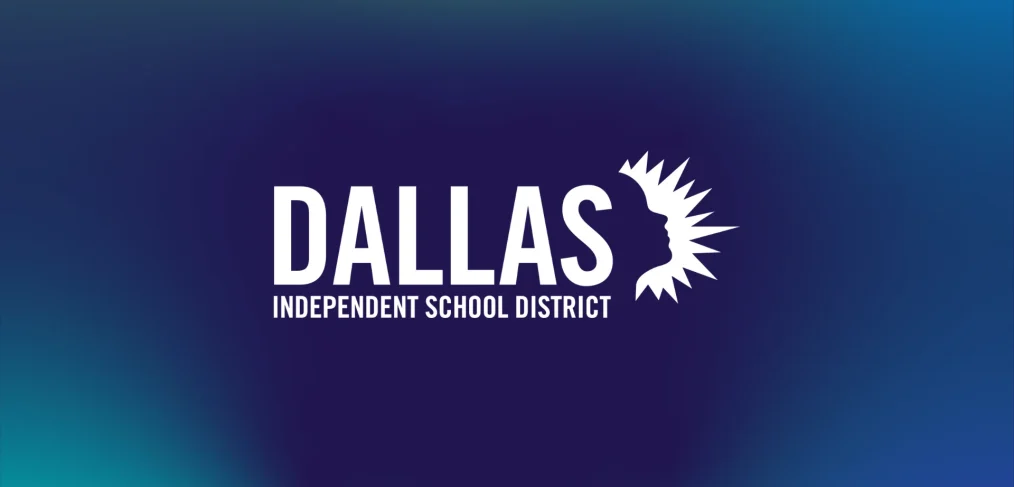

 Foods with more than one ingredient must have an ingredient list on the label. Ingredients are listed in descending order by weight. Those in the largest amounts are listed first. This information is particularly helpful for people with food sensitivities or allergies, those who need to avoid certain ingredients due to religious reasons, or people who prefer a vegetarian eating style.
Foods with more than one ingredient must have an ingredient list on the label. Ingredients are listed in descending order by weight. Those in the largest amounts are listed first. This information is particularly helpful for people with food sensitivities or allergies, those who need to avoid certain ingredients due to religious reasons, or people who prefer a vegetarian eating style.
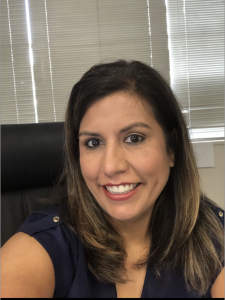
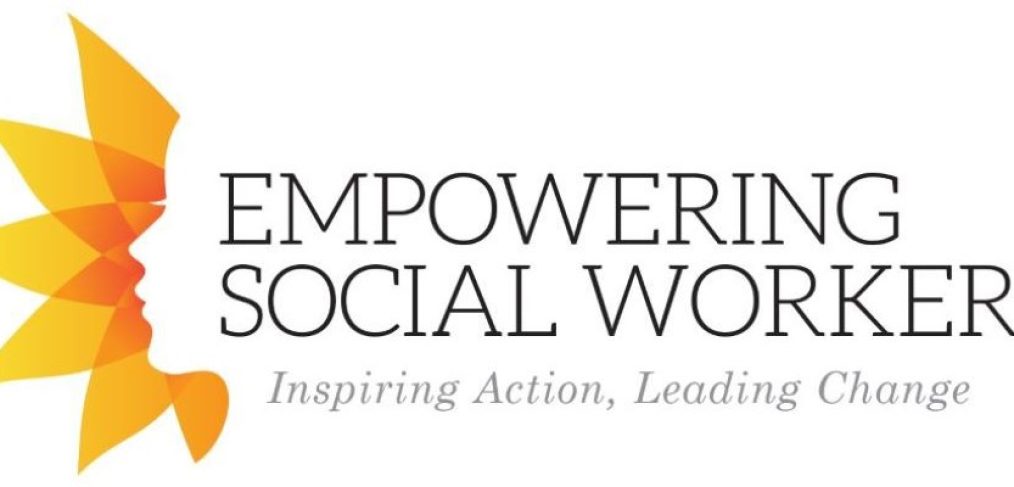
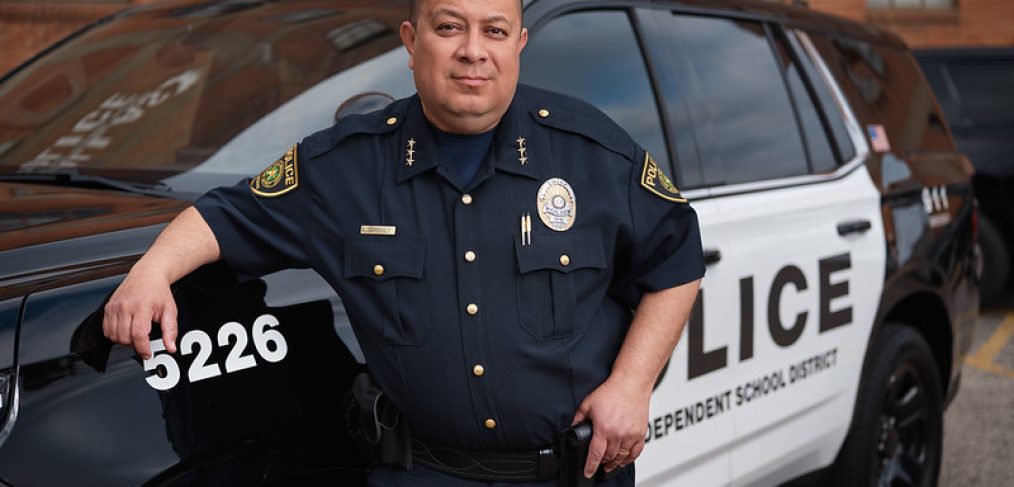


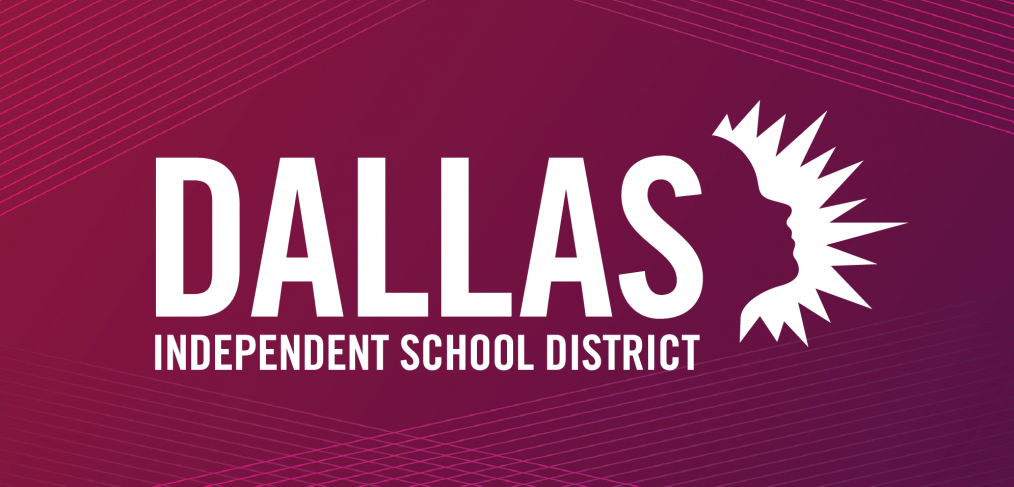
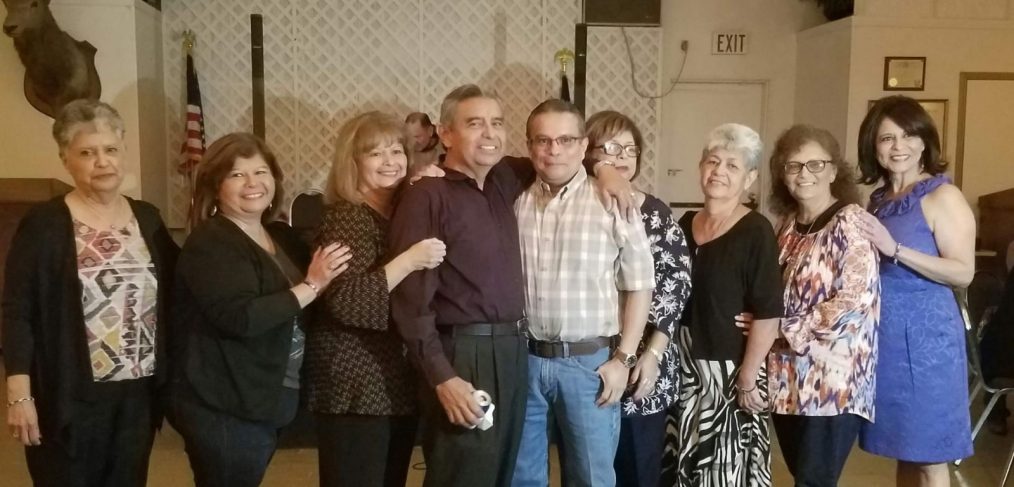
 Molina retired this past December after having worked 37 years in the district’s Evaluation and Assessment Department, where he was assigned to the warehouse service center—shipping and receiving state and local tests, among other duties.
Molina retired this past December after having worked 37 years in the district’s Evaluation and Assessment Department, where he was assigned to the warehouse service center—shipping and receiving state and local tests, among other duties. 